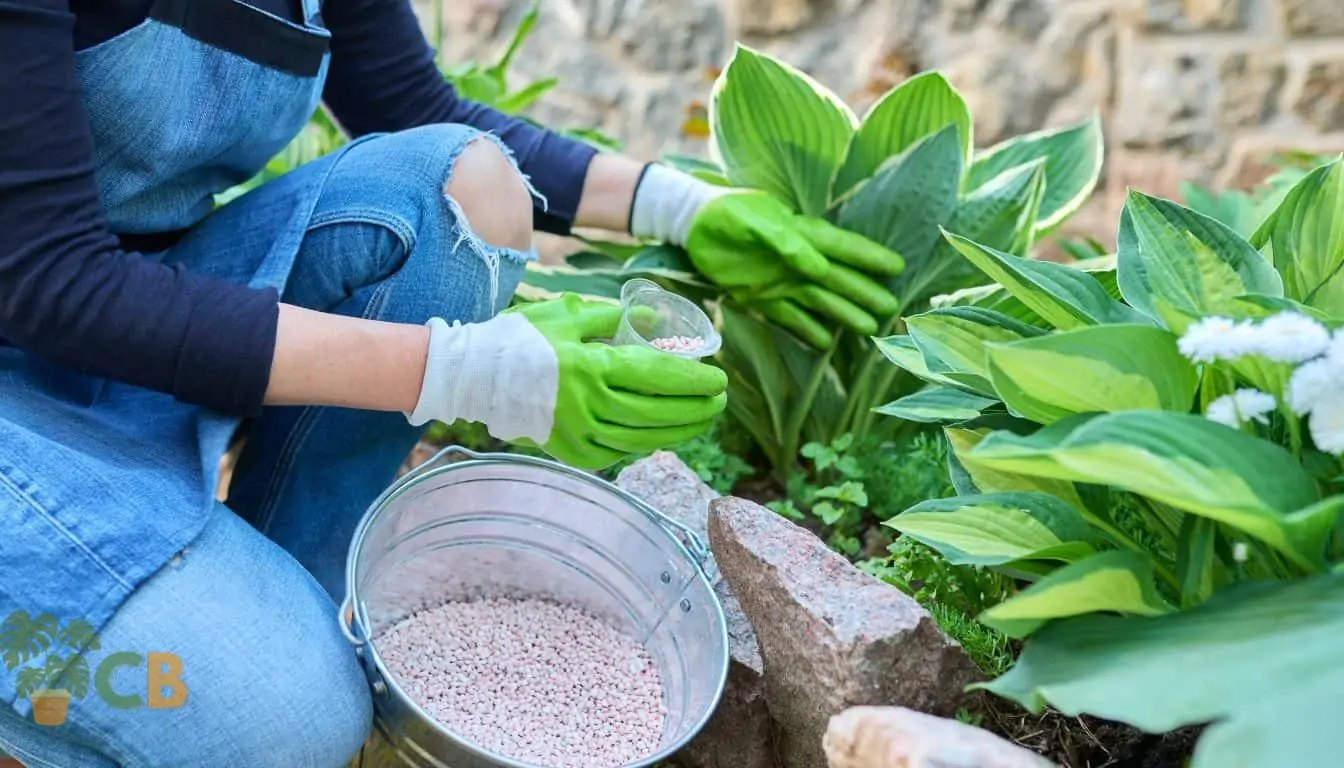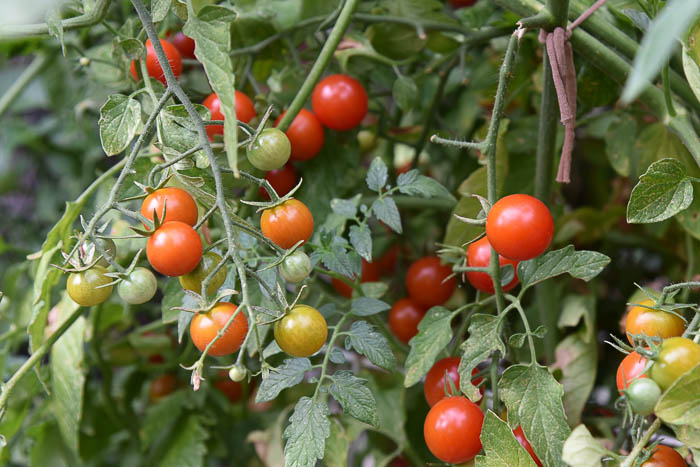Discover the Particular Plants That Are Negatively Impacted by Epsom Salt Application
Epsom salt, a preferred family remedy for numerous horticulture problems, is often applauded for its helpful impacts on plant growth. Not all plants respond positively to its application. Understanding the certain plants that can be detrimentally influenced by Epsom salt is important for any gardener seeking to maximize their plant treatment regimen. Roses, tomatoes, azaleas, rhododendrons, and peppers are just a few examples of plants that may not respond well to Epsom salt. The reasons behind these damaging effects and how to minimize them are vital knowledge for maintaining a flourishing garden.
Roses

Roses, particularly conscious modifications in their atmosphere, can be adversely influenced by the application of Epsom salt. While Epsom salt is generally utilized as a fertilizer to promote plant growth and enhance blooming, roses are one of the plants that do not react well to its application. The high magnesium material in Epsom salt can hinder the uptake of other crucial nutrients by the rose plants, causing deficiencies that show up as yellowing fallen leaves or stunted development.

Tomatoes
Tomatoes, understood for their convenience in culinary applications, can show unfavorable results when exposed to Epsom salt because of their details nutrient requirements. While Epsom salt is frequently touted as a treatment for numerous plant issues, including blossom end rot in tomatoes, its application can cause harmful results otherwise made use of judiciously. Tomatoes are heavy feeders that call for a well balanced intake of nutrients, particularly calcium, to prosper. Too much Epsom salt, which is magnesium sulfate, can interfere with the fragile nutrient balance needed by tomatoes, potentially causing shortages in various other essential nutrients like calcium. This imbalance may materialize in signs such as stunted development, yellowing fallen leaves, or also lowered fruit manufacturing in tomatoes. Therefore, when considering using Epsom salt on tomatoes, it is important to adhere to suggested application rates and soil testing to stop unexpected repercussions on the general health and wellness and efficiency of these cherished garden plants.
Peppers
Peppers, admired for their numerous colors and levels of spiciness, can demonstrate susceptibility to adverse impacts from Epsom salt when not used with care and factor to consider for their details nutritional demands. what plants don't like epsom salt. Peppers, belonging to the Solanaceae family, need a delicate equilibrium of nutrients to grow. While Epsom salt is known to enhance magnesium degrees in plants, excessive application can interrupt this equilibrium, leading to negative effects on pepper plants
When peppers are subjected to high degrees of magnesium from Epsom salt, it can disrupt the plant's ability to soak up various other necessary nutrients like calcium and potassium. This imbalance may show up in signs and symptoms such as fallen leave discoloration, stunted growth, and lowered fruit production. Furthermore, the extreme magnesium can alter the dirt pH, more intensifying nutrient uptake concerns for peppers.

Rhododendrons
Offered the level of sensitivity of certain plant types to discrepancies triggered by Epsom salt, it is essential to consider the influence on Rhododendrons, which also need certain nutrient degrees to grow. Rhododendrons are acid-loving plants that favor acidic dirt conditions with a pH array in between 4.5 and 6.0. Epsom salt, chemically referred to as magnesium sulfate, can alter the dirt pH and interfere with the fragile equilibrium of nutrients important for Rhododendron health and wellness.

To preserve the optimal development and health of Rhododendrons, it is important to avoid the unplanned use Epsom salt and instead concentrate on supplying the details acidic dirt conditions and nutrients that these plants need for thriving.
Azaleas
Azaleas, known for their vivid flowers and wide variety of colors, are decorative bushes that belong to the Rhododendron category. These popular blooming plants are typically found in landscapes, parks, and yards because of their beauty and convenience. Azaleas are sensitive to adjustments in soil pH degrees, which can considerably influence their development and overall wellness. go to website While Epsom salt Related Site is typically made use of as a treatment for magnesium deficiency in plants, its application to azaleas can have adverse impacts.
Azaleas prefer slightly acidic soil conditions, and an excess of magnesium from Epsom salt can disrupt this balance, leading to nutrient discrepancies and prospective poisoning problems. The inaccurate application of Epsom salt can result in stunted growth, yellowing of leaves, and total decline in the health of azaleas.
Conclusion
To conclude, it is necessary to be conscious of the specific plants that can be negatively influenced by the application of Epsom salt. Roses, tomatoes, azaleas, peppers, and rhododendrons are some examples of plants that may not take advantage of Epsom salt and could also suffer damage. It is crucial to research study and recognize the needs of each plant types prior to making use of Epsom salt as a plant food to guarantee their health and wellness.
Comprehending the details plants that can be adversely impacted by Epsom salt is critical for any kind of garden enthusiast looking to optimize their plant care routine. While Epsom salt is frequently made use of as a plant food to promote plant growth and boost flowering, roses are one of the plants that do not respond well to its application.Excessive usage of Epsom salt can likewise result in an accumulation of salts in the dirt, leading to root damages and dehydration of the more information rose plants. While Epsom salt is understood to improve magnesium degrees in plants, too much application can interrupt this stability, leading to adverse effects on pepper plants.
The high salt content in Epsom salt can additionally dehydrate Rhododendron roots, triggering additional anxiety and damages to the plant. (what plants don't like epsom salt)